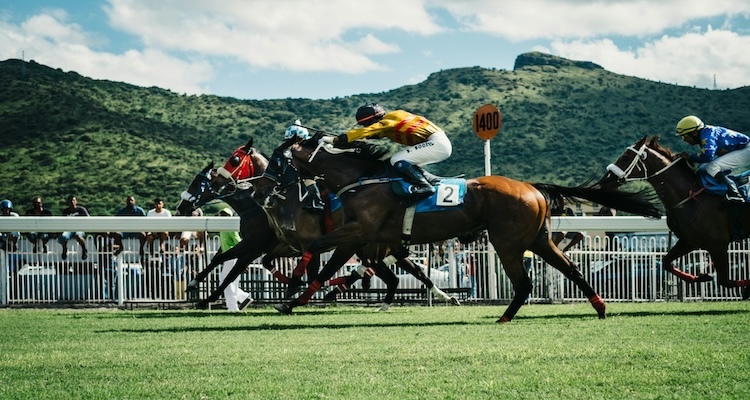
Horse racing is one of the most dangerous sports in the world, with riders constantly being under the threat of suffering career-altering injuries.
Still, the danger that comes with the sport is often one of the factors that ensure that it is one of the most followed, with fans having the upmost respect of the jockeys that are able to overcome setbacks and return to their peak performance levels in time for huge races on the calendar such as the Kentucky Derby and Grand National.
But, what are some of the most common injuries for jockeys in horse racing, and what are some of the methods that could be used to prevent serious injuries for jockeys within the sport?
A report from Centers for Disease Control and Prevention surveyed over 1,100 active jockeys in the United States, and found that fractures were the most common injury within the sport. Meanwhile, the report also found that 64% of injuries were related to fractures, with legs, shoulders and arms being the most prominent location for the injury.
Interestingly, the report also found that a study of injuries in the United Kingdom found that a staggering 30% of the injuries in the country were sustained before or after the race.
This is mirrored by the report, which found that 35% of injuries in the U.S. were sustained when entering, within, or leaving the starting gate. Strikingly, only 16% of the injuries occurred in the home stretch or finish of a race.
Horse racing betting in the U.S. is completely different than in the United Kingdom, with dirt racing being the most prominent. Therefore, there is an emphasis on early speed, meaning that the injuries sustained are slightly different.
A report from the Jama Network in 2000 found that there were over 5,400 injuries between January 1, 1993 and December 31, 1996. There was a difference in the type of injuries sustained during this period, with 18.5% being head or neck injuries.
Leg injuries were the second-most common at 15.5%, while arm or hand injuries also made the frame at 11%. Less common injuries during this period were to the back and shoulders. Interestingly, the stats found that a staggering 35.1% of injuries were sustained when entering or leaving the starting stalls.
The types of injuries between the nations of the UK & Ireland and the United States is different for one key reason- jumps racing is most popular in the former. Therefore, due to there being no stalls in National Hunt racing, the vast majority of injuries are sustained when falling off a horse, either when jumping a fence, or falling at a fence.
Stats put together by the BMJ Journals found that there was a 17.7% injury incidence per fall in jumps racing between 1992 and 2000 in the United Kingdom. This was significantly higher than the 12.3% reported by jockeys in Ireland over the same period.
However, the nature of injuries weren’t as significant as in the United States, as UK racecourses significantly improved their safety measures in 1992 following government guidance.
However, the dangerous nature of jumps racing still means that over 2433 soft tissue injuries were recorded between 1992 and 2000. The second most popular form of injuries was fractures, with 614 recorded over the same period. Dislocations and concussions also ranked within the top four.
Deaths within the sport are incredibly low in this modern day when compared to the 1980s due to the protective equipment that must be worn by jockeys. The changes to racecourses across the United Kingdom, Ireland, and the United States have also had a major impact.
One of the key factors that has been changed in jumps racing is the fact that plastic posts have replaced concrete posts, which at least puts jockeys at ease should they fall into one at high speeds. However, the most important change has come in the form of protective equipment.
Nowadays, all jockeys involved in the sport will be required to wear helmets that meet European Standard regulations, and these have been required by law since 1996. Body protectors have also been made compulsory for all jockeys since 2001, which will restrict the damage on the body of a rider should they fall off a horse.
Of course, injuries are still part of the sport, meaning that there has been improved insurance available to riders throughout modern history. Jockeys will pay toward a Professional Riders Insurance Scheme, which covers injuries throughout the season. This ensures that jockeys won’t need to worry about money coming in during their time off the track, and they can focus on building their strength to get back in the saddle.
This is a Sponsored Post
